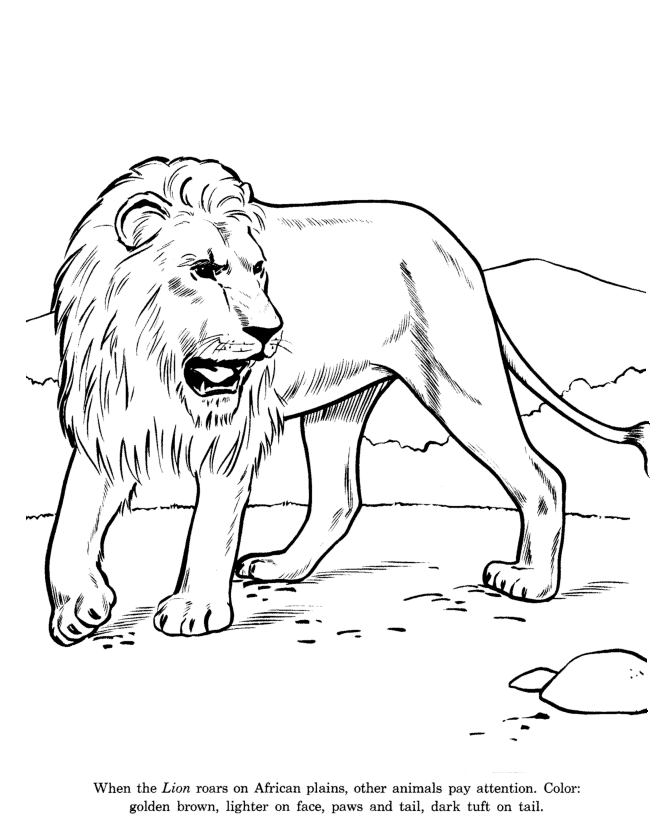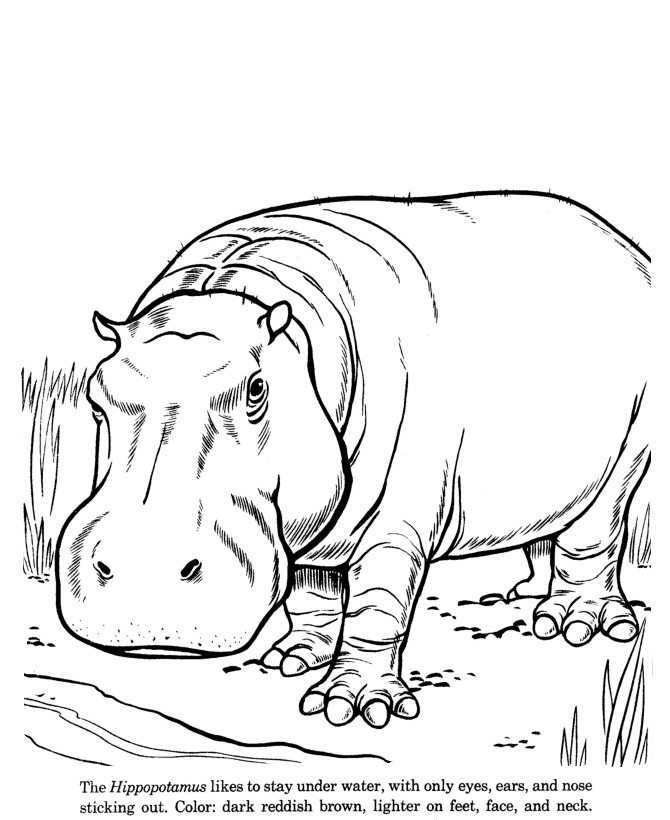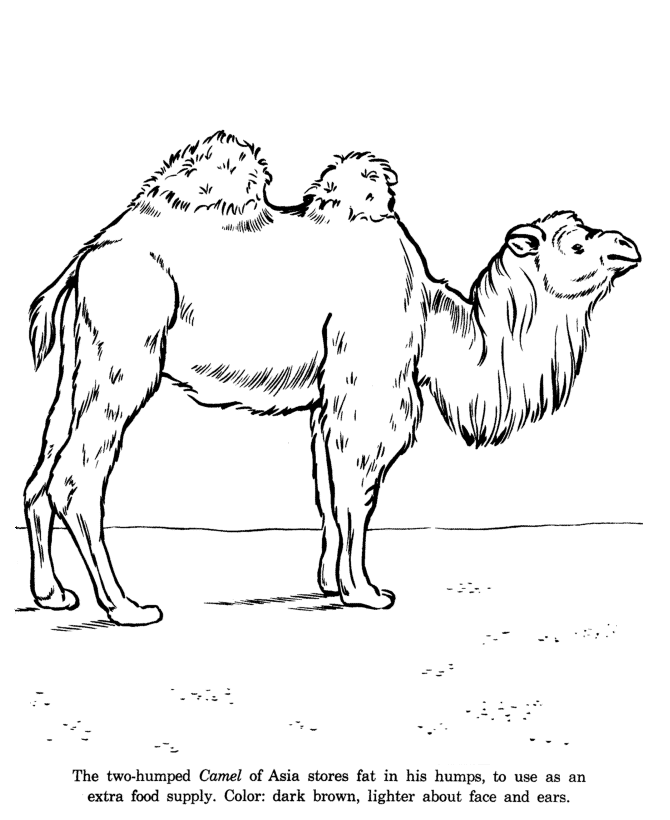Wild Animal Pictures Biography
Jaguar females reach sexual maturity at about two years of age, and males at three or four. The cat is believed to mate throughout the year in the wild, although births may increase when prey is plentiful.[39] Research on captive male jaguars supports the year-round mating hypothesis, with no seasonal variation in semen traits and ejaculatory quality; low reproductive success has also been observed in captivity.[40] Female estrus is 6–17 days out of a full 37-day cycle, and females will advertise fertility with urinary scent marks and increased vocalization.[39] Both sexes will range more widely than usual during courtship.Pairs separate after mating, and females provide all parenting. The gestation period lasts 93–105 days; females give birth to up to four cubs, and most commonly to two. The mother will not tolerate the presence of males after the birth of cubs, given a risk of infanticide; this behavior is also found in the tiger.[41]
The young are born blind, gaining sight after two weeks. Cubs are weaned at three months, but remain in the birth den for six months before leaving to accompany their mother on hunts.[42] They will continue in their mother's company for one to two years before leaving to establish a territory for themselves. Young males are at first nomadic, jostling with their older counterparts until they succeed in claiming a territory. Typical lifespan in the wild is estimated at around 12–15 years; in captivity, the jaguar lives up to 23 years, placing it among the longest-lived cats.[32]
Social activity
Like most cats, the jaguar is solitary outside mother–cub groups. Adults generally meet only to court and mate (though limited noncourting socialization has been observed anecdotally[41]) and carve out large territories for themselves. Female territories, which range from 25 to 40 km2 in size, may overlap, but the animals generally avoid one another. Male ranges cover roughly twice as much area, varying in size with the availability of game and space, and do not overlap.[41][43] The jaguar uses scrape marks, urine, and feces to mark its territory.[44][45]
Like the other big cats, the jaguar is capable of roaring[46][47] and does so to warn territorial and mating competitors away; intensive bouts of counter-calling between individuals have been observed in the wild.[48] Their roar often resembles a repetitive cough, and they may also vocalize mews and grunts.[32] Mating fights between males occur, but are rare, and aggression avoidance behavior has been observed in the wild.[44] When it occurs, conflict is typically over territory: a male's range may encompass that of two or three females, and he will not tolerate intrusions by other adult males.[41]
The jaguar is often described as nocturnal, but is more specifically crepuscular (peak activity around dawn and dusk). Both sexes hunt, but males travel farther each day than females, befitting their larger territories. The jaguar may hunt during the day if game is available and is a relatively energetic feline, spending as much as 50–60% of its time active.[33] The jaguar's elusive nature and the inaccessibility of much of its preferred habitat make it a difficult animal to sight, let alone study.
Hunting and diet
The jaguar has an exceptionally powerful bite that allows it to pierce the shells of armored reptiles.
A jaguar ambushes and kills a Yacare caiman in Pantanal, Brazil
Like all cats, the jaguar is an obligate carnivore, feeding only on meat. It is an opportunistic hunter and its diet encompasses at least 87 species.[33] The jaguar can take virtually any terrestrial or riparian vertebrate found in Central or South America, with a preference for large prey. The jaguar is more of a dietary generalist than its Old World cousins: the American tropics have a high diversity of small animals but relatively low populations and diversity of the large ungulates which this genus favors.[49] They regularly take adult caimans,[50] deer, capybaras, tapirs, peccaries, dogs, foxes, and sometimes even anacondas.[20] However, the cat will eat any small species that can be caught, including frogs, mice, birds (mainly ground-based species such as cracids), fish, sloths, monkeys, and turtles; a study conducted in Cockscomb Basin Wildlife Sanctuary in Belize, for example, revealed that the diets of jaguars there consisted primarily of armadillos and pacas.[44] Some jaguars will also take domestic livestock, including adult cattle and horses.[51]
There is evidence that jaguars in the wild consume the roots of Banisteriopsis caapi. [52]
While the jaguar often employs the deep throat-bite and suffocation technique typical among Panthera, it sometimes uses a killing method unique amongst cats: it pierces directly through the temporal bones of the skull between the ears of prey (especially the capybara) with its canine teeth, piercing the brain.[53] This may be an adaptation to "cracking open" turtle shells; following the late Pleistocene extinctions, armored reptiles such as turtles would have formed an abundant prey base for the jaguar.[33][48] The skull bite is employed with mammals in particular; with reptiles such as the caiman, the jaguar may leap onto the back of the prey and sever the cervical vertebrae, immobilizing the target. While capable of cracking turtle shells, the jaguar may simply smash into the shell with its paw and scoop out the flesh.[41] When attacking sea turtles as they try to nest on beaches, the jaguar will bite at the head, often beheading the prey, before dragging it off to eat.[54] Reportedly, while hunting horses, a jaguar may leap onto their back, place one paw on the muzzle and another on the nape and then twist, dislocating the neck. Local people have anecdotally reported that when hunting a pair of horses bound together, the jaguar will kill one horse and then drag it while the other horse, still living, is dragged in their wake.[55] With prey such as smaller dogs, a paw swipe to the skull may be sufficient to kill it.
Illustration of a jaguar killing a tapir, the largest native land animal in its range
The jaguar is a stalk-and-ambush rather than a chase predator. The cat will walk slowly down forest paths, listening for and stalking prey before rushing or ambushing. The jaguar attacks from cover and usually from a target's blind spot with a quick pounce; the species' ambushing abilities are considered nearly peerless in the animal kingdom by both indigenous people and field researchers, and are probably a product of its role as an apex predator in several different environments. The ambush may include leaping into water after prey, as a jaguar is quite capable of carrying a large kill while swimming; its strength is such that carcasses as large as a heifer can be hauled up a tree to avoid flood levels.[41]
On killing prey, the jaguar will drag the carcass to a thicket or other secluded spot. It begins eating at the neck and chest, rather than the midsection. The heart and lungs are consumed, followed by the shoulders.[41] The daily food requirement of a 34 kg (75 lb) animal, at the extreme low end of the species' weight range, has been estimated at 1.4 kg (3.1 lb).[56] For captive animals in the 50–60 kg (110–130 lb) range, more than 2 kg (4.4 lb) of meat daily are recommended.[57] In the wild, consumption is naturally more erratic; wild cats expend considerable energy in the capture and kill of prey, and they may consume up to 25 kg (55 lb) of meat at one feeding, followed by periods of famine.[58] Unlike all other Panthera species, jaguars very rarely attack humans. In most of the few cases where a jaguar has turned to taking a human, the animal was either old with damaged teeth or wounded.[59] Sometimes, if scared or threatened, jaguars in captivity may lash out at zookeepers.[60]
Ecology
Distribution and habitat
The jaguar has been an American cat since crossing the Bering Land Bridge during the Pleistocene epoch; the immediate ancestor of modern animals is Panthera onca augusta, which was larger than the contemporary cat.[23] Its present range extends from Mexico, through Central America and into South America, including much of Amazonian Brazil.[61] The countries included in this range are Argentina, Belize, Bolivia, Brazil, Colombia, Costa Rica (particularly on the Osa Peninsula), Ecuador, French Guiana, Guatemala, Guyana, Honduras, Mexico, Nicaragua, Panama, Paraguay, Peru, Suriname, the United States and Venezuela. The jaguar is now extinct in El Salvador and Uruguay.[2] It occurs in the 400 km² Cockscomb Basin Wildlife Sanctuary in Belize, the 5,300 km² Sian Ka'an Biosphere Reserve in Mexico, the approximately 15,000 km2 Manú National Park in Peru, the approximately 26,000 km2 Xingu National Park in Brazil, and numerous other reserves throughout its range.
The jaguar can range across a variety of forested and open habitat, but is strongly associated with the presence of water.
The inclusion of the United States in the list is based on occasional sightings in the southwest, particularly in Arizona, New Mexico and Texas. In the early 20th century, the jaguar's range extended as far north as the Grand Canyon, and as far west as Southern California.[56] The jaguar is a protected species in the United States under the Endangered Species Act, which has stopped the shooting of the animal for its pelt. In 1996 and from 2004 on, wildlife officials in Arizona photographed and documented jaguars in the southern part of the state. Between 2004 and 2007, two or three jaguars have been reported by researchers around Buenos Aires National Wildlife Refuge in southern Arizona. One of them, called 'Macho B', had been previously photographed in 1996 in the area.[62] For any permanent population in the USA to thrive, protection from killing, an adequate prey base, and connectivity with Mexican populations are essential.[63] In February 2009, a 53.5 kg (118 lb)Jaguar was caught, radio-collared and released in an area southwest of Tucson, Arizona; this is farther north than had previously been expected and represents a sign there may be a permanent breeding population of jaguars within southern Arizona. The animal was later confirmed to be indeed the same male individual ('Macho B') that was photographed in 2004.[64] On 2 March 2009, Macho B was recaptured and euthanized after he was found to be suffering from kidney failure; the animal was thought to be 16 years old, older than any known wild jaguar.[65]
Completion of the United States–Mexico barrier as currently proposed will reduce the viability of any population currently residing in the United States, by reducing gene flow with Mexican populations, and prevent any further northward expansion for the species.[66]
The historic range of the species included much of the southern half of the United States, and in the south extended much farther to cover most of the South American continent. In total, its northern range has receded 1,000 km (621 mi) southward and its southern range 2,000 km (1243 mi) northward. Ice age fossils of the jaguar, dated between 40,000 and 11,500 years ago, have been discovered in the United States, including some at an important site as far north as Missouri. Fossil evidence shows jaguars of up to 190 kg (420 lb), much larger than the contemporary average for the animal.[67]
The habitat of the cat includes the rain forests of South and Central America, open, seasonally flooded wetlands, and dry grassland terrain. Of these habitats, the jaguar much prefers dense forest;[33] the cat has lost range most rapidly in regions of drier habitat, such as the Argentinian pampas, the arid grasslands of Mexico, and the southwestern United States.[2] The cat will range across tropical, subtropical, and dry deciduous forests (including, historically, oak forests in the United States). The jaguar is strongly associated with water, and it often prefers to live by rivers, swamps, and in dense rainforest with thick cover for stalking prey. Jaguars have been found at elevations as high as 3,800 m, but they typically avoid montane forest and are not found in the high plateau of central Mexico or in the Andes.[33]
Substantial evidence exists for a colony of nonnative, melanistic leopards or jaguars inhabiting the rainforests around Sydney, Australia. A local report compiled statements from over 450 individuals recounting their stories of sighting large black cats in the area, and confidential NSW Government documents regarding the matter proved wildlife authorities were so concerned about the big cats and the danger to humans, they commissioned an expert to catch one. The three-day hunt later failed, but ecologist Johannes J. Bauer warned: "Difficult as it seems to accept, the most likely explanation is the presence of a large, feline predator. In this area, [it is] most likely a leopard, less likely a jaguar."[68]









No comments:
Post a Comment